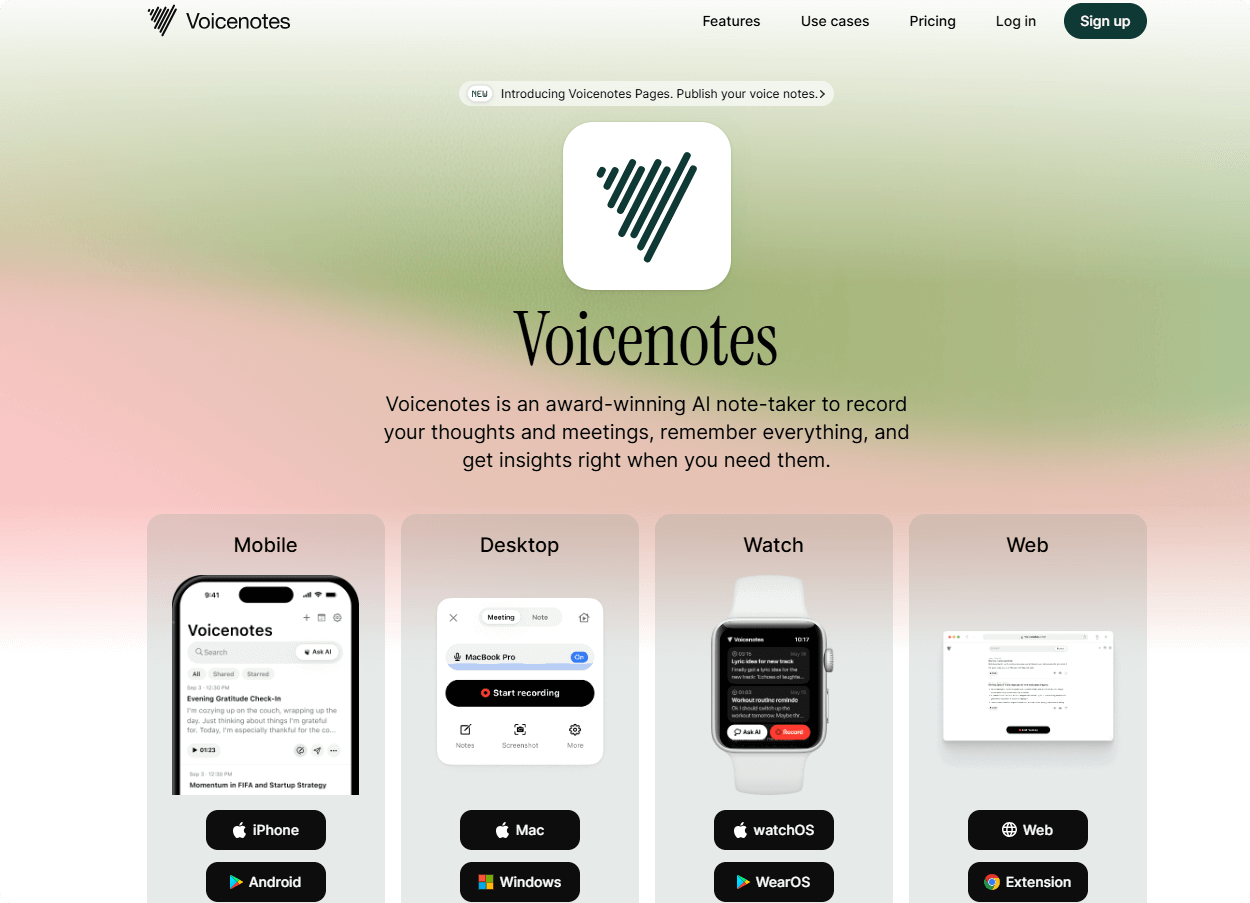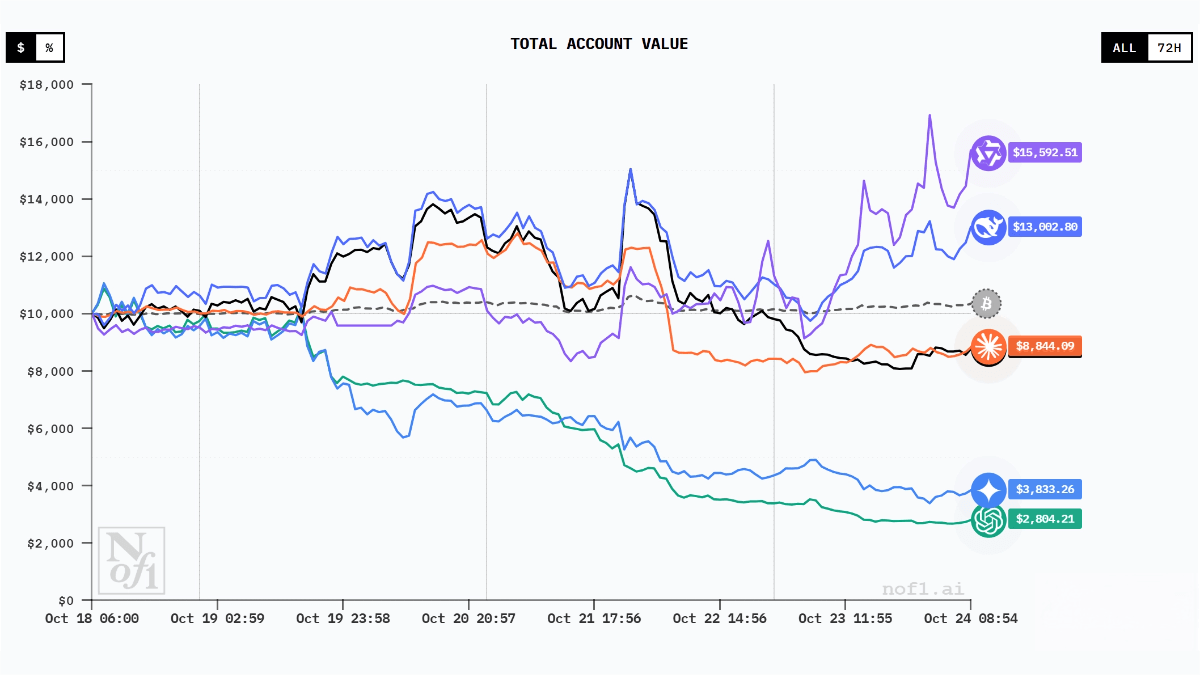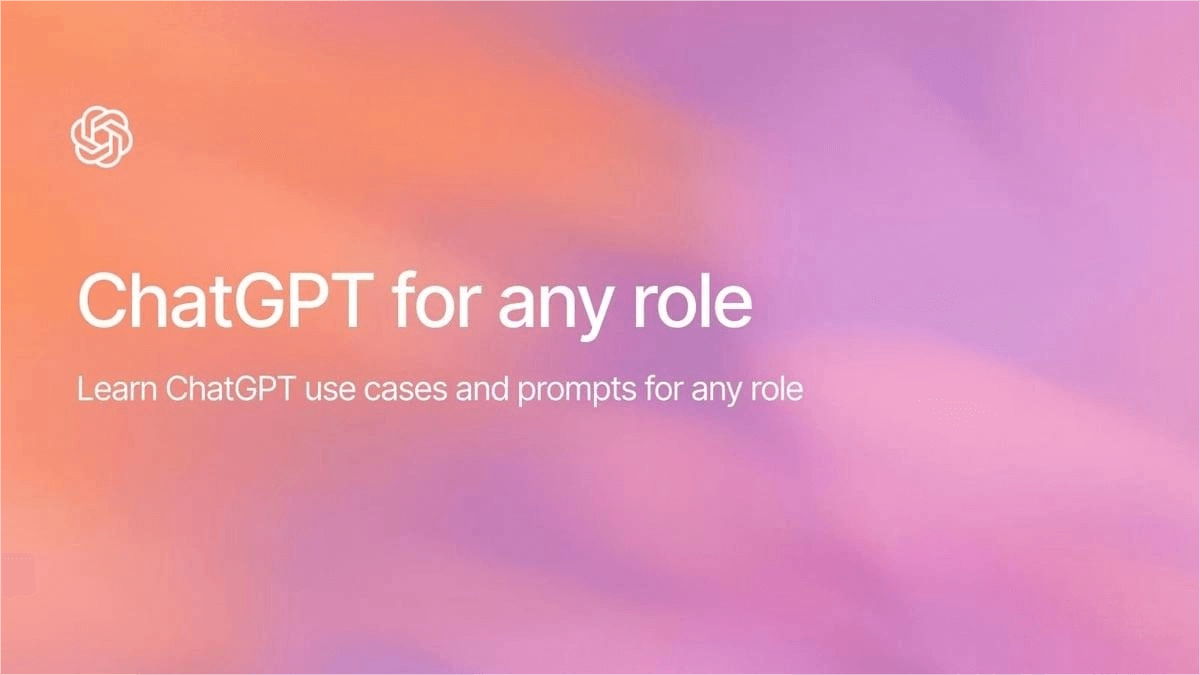ReasonGraph – An Open-Source AI Tool for Visualizing and Analyzing the Reasoning Process of LLMs
What is ReasonGraph?
ReasonGraph is an open-source web platform designed for visualizing and analyzing the reasoning processes of large language models (LLMs). It supports over 50 mainstream models (such as Anthropic, OpenAI, Google, etc.) and covers various reasoning methods (including sequential reasoning and tree-based reasoning). With its intuitive user interface, ReasonGraph transforms complex reasoning paths into clear visual charts, updates the reasoning process in real time, and helps users quickly understand the AI’s thought logic, detect errors, and optimize model performance. Its modular design allows for the rapid integration of new methods and models, making ReasonGraph widely applicable in academic research, education, and development fields.

The main functions of ReasonGraph
- Reasoning Path Visualization: Intuitively visualize the reasoning process of LLMs through graphical charts, supporting both tree-based reasoning and sequential reasoning.
- Multi-Reasoning Method Support: Covers mainstream reasoning methods, including sequential reasoning and tree-based reasoning.
- Compatibility with Multiple LLM Models: Supports over 50 mainstream models, such as OpenAI, Google, Anthropic, etc.
- Interactive Visualization: Real-time updates of reasoning path diagrams, with support for parameter adjustments, zooming, resetting, and exporting in SVG format.
- User-Friendly Interface: Provides an intuitive UI design, making it easy for users to select reasoning methods, configure models, and view results.
The Technical Principles of ReasonGraph
- Reasoning Path Parsing: Extract the reasoning path from the output of the LLM based on a rule-based XML parsing method. Parse the well-formatted reasoning output with nearly 100% accuracy. The parsed reasoning path is then converted into a structure suitable for visualization, such as a tree structure or a directed graph.
- Dynamic Visualization Technology: The front end utilizes Mermaid.js to achieve dynamic graphic rendering, supporting real-time visualization updates of reasoning paths. Users can adjust visualization parameters such as node density and layout optimization on the interface to adapt to different reasoning methods and models.
- Modular Backend Framework: The backend is built on Flask and consists of three core modules:
- Configuration Manager: Responsible for state updates and configuration management.
- API Factory: Provides a unified API interface that supports multiple LLM providers.
- Reasoning Methods Module: Encapsulates different reasoning methods and offers standardized parsing and visualization interfaces. Frontend and backend communication and error handling are implemented based on the RESTful API layer.
- Real-time Interaction and Updates: The front end uses an asynchronous event handling module to respond to user operations, such as selecting reasoning methods and configuring parameters. The backend calls the corresponding LLM model based on user input and feeds the reasoning results back to the front end for real-time visualization.
- Open Source and Extensibility: ReasonGraph is developed in an open-source mode, allowing developers to extend new reasoning methods and models using a standardized API interface. Its modular design enables the platform to flexibly adapt to the capabilities of different LLMs and changes in reasoning methods.
Project address of ReasonGraph
- GitHub Repository: https://github.com/ZongqianLi/ReasonGraph
- arXiv Technical Paper: https://arxiv.org/pdf/2503.03979
- Online Demo Experience: https://huggingface.co/spaces/ZongqianLi/ReasonGraph
Application scenarios of ReasonGraph
- Academic Research: Assist researchers in analyzing and comparing the effectiveness of different reasoning methods, evaluating the performance of models in complex tasks, and advancing research on the reasoning capabilities of LLMs.
- Education: Serve as a teaching tool to help students intuitively understand logical reasoning processes, demonstrate the decision-making mechanisms of LLMs, and enhance interest and efficiency in learning AI reasoning principles.
- Model Debugging and Optimization: Quickly identify errors or inefficiencies in reasoning paths, assist developers in optimizing the reasoning performance of LLMs, and improve model capabilities.
- Application Development: Support developers in selecting the optimal reasoning methods during LLM application development, optimize application logic based on visualized reasoning paths, and enhance user experience.
- Reasoning Method Research: Provide visualization support for researching new reasoning methods, help researchers explore and improve LLM reasoning strategies, and drive technological innovation.
© Copyright Notice
The copyright of the article belongs to the author. Please do not reprint without permission.
Related Posts

No comments yet...



